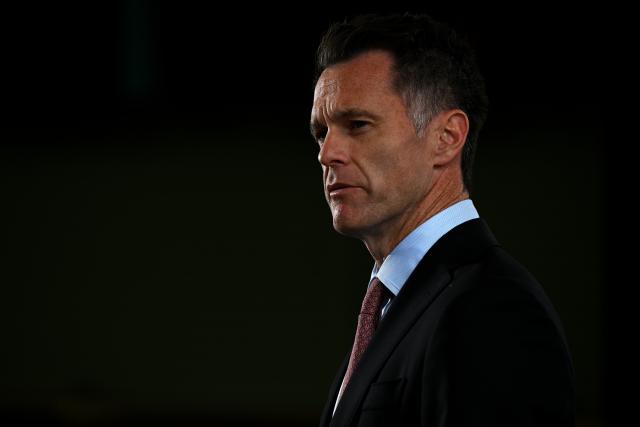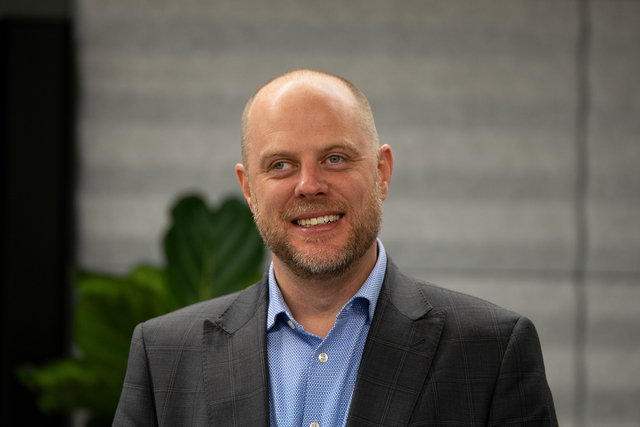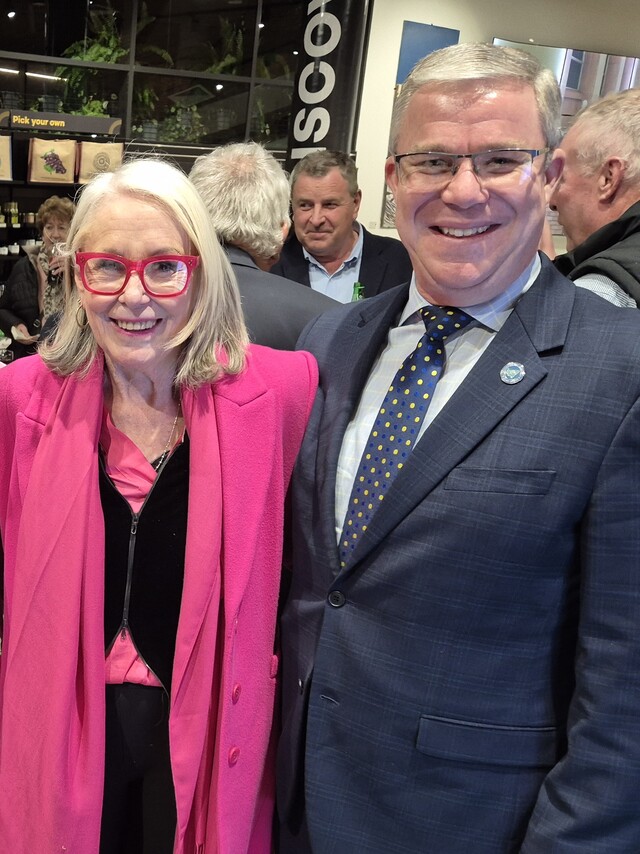The Good Oil * by Rod Brown
Australia’s minerals export boom to China did not happen overnight. In 1986, our Ambassador to China convinced Canberra to organise a series of technical missions to advise the Chinese on the best technology for their ageing lead and zinc smelters, alumina refineries, steel mills and so forth. My job was to be the government person on the non-ferrous mission, along with the mining engineers and metallurgists from CRA, Western Mining, BHP and CSIRO.
Eight of us literally bounced into Beijing, and for the next 21 days (except Sundays) the mission members gave free advice to the management of 60 plants across the length and breadth of China. We saw unimaginable amounts of machinery, concrete, ores and metals, all the while advising on what type of minerals processing technology could deliver better productivity. Much of the plant was old Russian or local stuff, so Team Australia was merrily recommending they purchase particular equipment from Sweden, USA, Canada, Japan and Italy. Strange, I thought.
After a week, we were exhausted – lack of sleep, long train trips, cat sized rats around our feet, copious amounts of food and Mao-tai (like metho mixed with soy sauce). After two weeks, we were fading, and one mission member was even packed off home. After three weeks, we emerged at Guangzhou in a state worse than knackered. We recuperated in Hong Kong, and finalised our mission report for subsequent translation and dispatch to the Chinese agencies.
When I got back to Canberra, my big boss called me in for a debrief. He was less than impressed when I said not to expect a spike in exports of Australian mining equipment to China. He stared at the far wall for an eternity, and then asked why I was even on the mission (the same thought had crossed my mind somewhere around Zhuzhou).
Those were the days when the big mining companies literally told our equipment suppliers to ‘get out of the way’, and they in return lobbied government for local content arrangements. The Federal agencies were similarly aligned. Indeed, Australian equipment sales counted for nought with my hard nosed mission members. No wonder they created enormous goodwill with our Chinese hosts.
While we never sold much mining technology to the Chinese, they began to make significant investments in Australia – the Portland smelter was one of the early investments. Then the massive sales of iron ore, gas, nickel, lead, zinc, copper began to take shape.
Lessons?
You can’t beat mutual self interest. The Chinese are patient and gracious people. Our foreign service is seriously professional, but we failed to roll our mining equipment into the equation.
Light bulb moment
I was in Lockhart (south west of Wagga Wagga) recently advising the locals on an investment attraction agenda. I recalled my drive through the town one evening 12 months earlier, and being gobsmacked by all the verandahs in the main street ablaze with fairy lights. So
I asked my hosts to please explain. It transpires that a distinguishing feature of Lockhart is its verandahs. So local resident, Tim Fischer (former deputy PM), donated the proceeds from a speaking engagement to the lighting project. Isn’t that intelligent? Bill Peach, former ABC TV identity, also recently returned to Lockhart for a school reunion. A good duo to champion some agendas for this live wire town.
Elusive grants
As foreshadowed, the Rudd Government has cut many industry and regional programs. What is not widely recognised is that the key R&D programs (Commercial Ready, COMET) have been put on ice for 12 months. We are struggling for a precedent of this magnitude. And I detect, across both the new or surviving programs, that a lot of funding has been pushed back to the later years.
To his credit, Minister Albanese did a U turn by rejecting Department of Finance advice and honoured the bulk of the Regional Partnerships projects signed off under the Howard Government.
Anyone for India? USA?
The Cockatoo Network, which I manage, is recognised globally for its efforts to build collaboration and alliances. Our main fields are industry development, investment attraction and innovation.
In our experience, the strongest success factor in investment attraction is the ability of localities to connect their knowledge, competencies, resources and people – both internally and externally.
With respect to the external dimension, we are in discussions with development agencies in India and the USA to link networks and clusters across different localities. We believe this will significantly enhance the connectivity of companies and research organisations, as well as the competitive advantages of the towns and regions concerned. The particular problem we are addressing is the large element of ‘hit and miss’ involved in innovation and commercial deals. This is intuitively understood by development agencies and companies, which is why they spend a lot of time connecting people via meetings, conferences, newsletters, websites, investment missions and so forth.
Take the example of the IT sector, where millions of executives and their staff worldwide compete daily to win business and to position themselves in each other’s markets. They crave knowledge about which agencies are letting contracts, who are the key decision makers, and which local companies they should be getting close to. This is a costly and time consuming activity because only a small percentage of firms are amenable to joint ventures or deals at a given time, and trust is not generated overnight. Wouldn’t life be easier if you had an agency on the ground to assist?
We are therefore in the process of identifying those networks that are serious and active about collaboration and two way investment. The aim is to have a multi country platform that identifies and connects the key agencies within particular industries.
Our initial focus is on aquaculture, automotive parts, biofuels, biotech, dairy foods, electronics, environmental management, food manufacturing,
healthcare, information technology, marine engineering, telecommunications and
textiles.
I will be heading to India in July to progress this project. Should your council wish to be involved at some stage, please register your interest with us. We are particularly keen to represent towns and regional cities. The demise of Invest Australia provides a vacuum that we intend to fill.
*Rod Brown is a Canberra-based consultant specialising in industry/regional development, investment attraction, clusters and accessing federal grants. He can be contacted at apd@orac.net.au or phone (02) 6231 7261. Go to our blog at www.investmentinnovation.wordpress.com for 400+ articles on issues relevant to Local Government.







